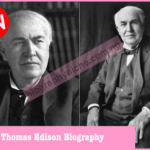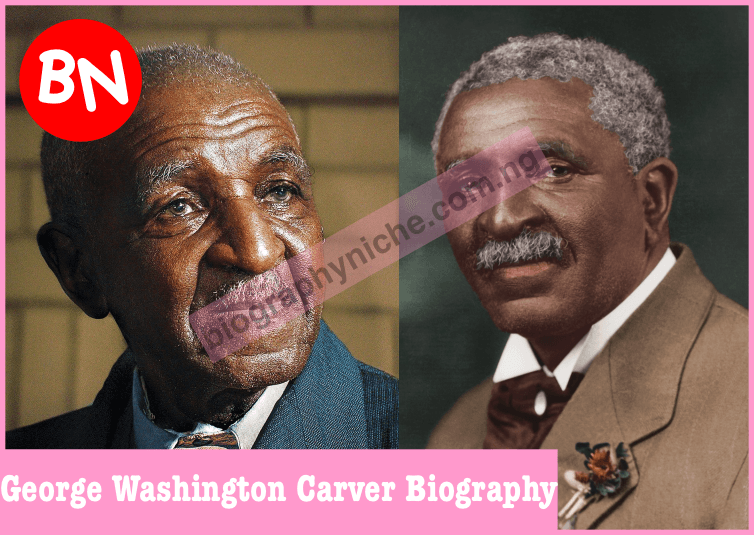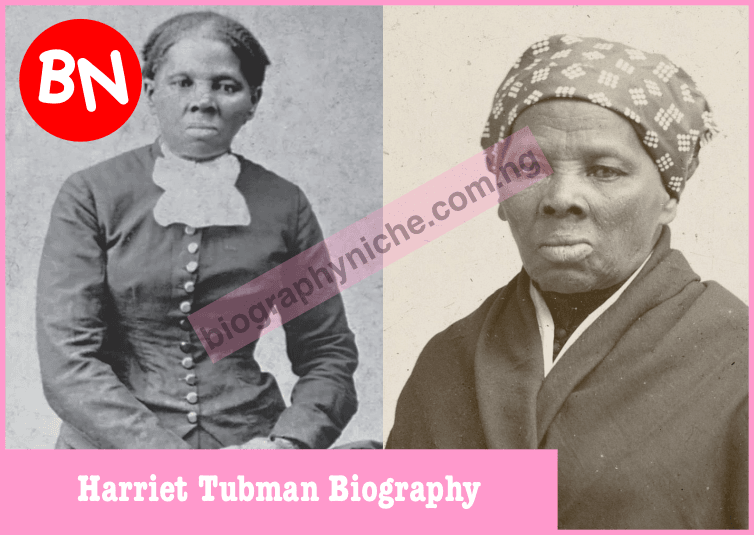Louis Armstrong Biography – Explore the life of Louis Armstrong, the legendary jazz musician, including his net worth, age, childhood, family, education, interesting facts, and the circumstances surrounding his death.
- Louis Armstrong Biography: Personal Information
- Key Takeaways
- Early Life and Childhood
- Education and Early Musical Journey
- Career and Iconic Songs
- Net Worth and Financial Legacy
- Family and Personal Life
- Interesting Facts About Louis Armstrong
- Death and Legacy
- Conclusion to Louis Armstrong Biography
- FAQs About Louis Armstrong Biography
Louis Armstrong, affectionately known as “Satchmo” or “Pops,” was an American trumpeter, vocalist, and one of the most influential figures in jazz history. Born on August 4, 1901, in New Orleans, Louisiana, Armstrong’s innovative approach to music and charismatic stage presence left an indelible mark on the world of jazz and popular music. His career spanned five decades, during which he transformed jazz from a regional dance music into a popular art form celebrated worldwide. Beyond his musical genius, Armstrong’s life story is a testament to resilience, creativity, and the power of art to transcend social barriers.
Louis Armstrong Biography: Personal Information
| Field | Details |
|---|---|
| Full Name | Louis Daniel Armstrong |
| Birthdate | August 4, 1901 |
| Birthplace | New Orleans, Louisiana, USA |
| Age at Death | 69 years old |
| Date of Death | July 6, 1971 |
| Occupation | Musician, Singer |
| Genres | Jazz, Dixieland, Swing, Traditional Pop |
| Instruments | Trumpet, Vocals |
| Years Active | 1918–1971 |
| Notable Songs | “What a Wonderful World,” “Hello, Dolly!,” “La Vie En Rose” |
| Net Worth | Estimated $10 million (adjusted for inflation) |
| Family | Married four times; no biological children |
| Education | Colored Waif’s Home for Boys; Fisk School for Boys |
Key Takeaways
- Real Name: Louis Daniel Armstrong
- Age at Death: 69 years old
- Birthdate: August 4, 1901
- Date of Death: July 6, 1971
- Famous Songs: “What a Wonderful World,” “La Vie En Rose,” “Hello, Dolly!”
- Legacy: Regarded as one of the greatest jazz musicians of all time.
Early Life and Childhood
Louis Armstrong was born into poverty in the rough neighborhood of New Orleans known as “The Battlefield.” His early years were fraught with challenges, including a turbulent family life and exposure to crime. Recent discoveries of police records have revealed that both his mother, Mayann, and sister, Beatrice, were arrested for prostitution, highlighting the adversity Armstrong faced from a young age.
Despite these hardships, Armstrong found solace in music. He attended the Fisk School for Boys, where he received some formal education, but his most significant musical development occurred at the Colored Waif’s Home for Boys. After a run-in with the law at age 11, Armstrong was sent to this reform school, where he learned to play the cornet. This experience ignited his passion for music and set the foundation for his future career.
Education and Early Musical Journey
Armstrong’s formal education was limited, but his time at the Colored Waif’s Home provided him with valuable musical training. Under the guidance of Peter Davis, the home’s band instructor, Armstrong honed his skills on the cornet and became a standout performer in the band. His natural talent and dedication quickly became evident, and upon his release, he began seeking opportunities to play music professionally.
In his teenage years, Armstrong worked various jobs while immersing himself in the vibrant New Orleans music scene. He played in local brass bands and riverboat orchestras, absorbing the rich musical traditions of the city. His big break came when he joined Joe “King” Oliver’s Creole Jazz Band in Chicago in 1922, a move that would launch his career on a national scale.
Career and Iconic Songs
Armstrong’s tenure with King Oliver’s band introduced him to a wider audience and showcased his exceptional talent. His innovative approach to the trumpet and charismatic stage presence set him apart from his contemporaries. In 1924, he moved to New York City to join Fletcher Henderson’s Orchestra, further solidifying his reputation as a leading jazz musician.
Throughout his career, Armstrong produced numerous hits that have become timeless classics. Some of his most notable songs include:
- “What a Wonderful World”: Released in 1967, this song became one of Armstrong’s most beloved recordings, celebrated for its optimistic lyrics and heartfelt delivery.
- “Hello, Dolly!”: In 1964, Armstrong’s rendition of this Broadway tune became a chart-topping hit, showcasing his versatility and enduring appeal.
- “La Vie En Rose”: Armstrong’s unique interpretation of this French classic demonstrated his ability to cross cultural boundaries through music.
These songs, among many others, highlight Armstrong’s contributions to jazz and popular music, cementing his legacy as a pioneering artist.
Net Worth and Financial Legacy
Louis Armstrong’s net worth at the time of his death in 1971 was estimated to be around $500,000. When adjusted for inflation, this would be roughly $10 million today. His financial success came from a long and prosperous career in music, live performances, and film appearances. Unlike many musicians of his time, Armstrong had a steady stream of income due to his immense popularity worldwide.
Armstrong’s wealth was mainly derived from record sales, live performances, and his frequent tours across the United States and internationally. He was one of the first African American musicians to reach a mainstream audience and was widely celebrated in Europe and beyond. His concerts and public appearances were highly lucrative, and he continued performing even in his later years, despite health challenges.
Despite his success, Armstrong was known for his generosity. He often gave financial support to struggling musicians, friends, and even strangers in need. He also invested in real estate and had a comfortable home in Queens, New York, where he lived with his last wife, Lucille Wilson. His financial legacy continued after his passing, with his music still generating revenue through royalties and posthumous album sales.
Family and Personal Life
Louis Armstrong was married four times throughout his life, though he never had any biological children. His marriages included:
- Daisy Parker (1923-1928) – His first wife, Daisy, was a former prostitute. Their marriage was short-lived and ended in divorce.
- Lil Hardin (1924-1938) – Lil Hardin was a talented jazz pianist who played a significant role in shaping Armstrong’s early career. She encouraged him to pursue solo opportunities and refine his style.
- Alpha Smith (1938-1942) – This marriage was brief and relatively private, with little public information available.
- Lucille Wilson (1942-1971) – Lucille, a former Cotton Club dancer, was Armstrong’s longest-lasting wife. They remained together until his death in 1971.
Although Armstrong had no biological children, he had a close relationship with a girl named Sharon Preston, whom he informally adopted and treated as a daughter. He also had deep friendships with many jazz musicians and was regarded as a mentor to several younger artists.
Interesting Facts About Louis Armstrong
Louis Armstrong was more than just a musician—his life was full of remarkable and often surprising stories. Here are some interesting facts about him:
- He was arrested as a child – Armstrong’s first encounter with music came after he was sent to the Colored Waif’s Home for Boys at age 11 for firing a gun on New Year’s Eve. While there, he learned to play the cornet, which set him on the path to becoming a legendary musician.
- He popularized scat singing – Armstrong is often credited with popularizing scat singing (a vocal style using nonsense syllables instead of lyrics) in jazz, particularly with his song Heebie Jeebies.
- His nickname “Satchmo” came from a misinterpretation – “Satchmo” was short for “Satchel Mouth,” a reference to his large mouth and wide smile. A journalist misheard the nickname and wrote it as “Satchmo,” and the name stuck.
- He was a cultural ambassador for the U.S. – During the Cold War, Armstrong was sent on tours by the U.S. State Department to promote American culture and jazz worldwide, earning him the title “Ambassador Satch.”
- He was one of the first African American entertainers to cross racial barriers – Armstrong played in racially integrated bands and was among the first black musicians to appear in Hollywood films and on national television, helping pave the way for future generations of artists.
Death and Legacy
Louis Armstrong passed away on July 6, 1971, at the age of 69 due to a heart attack. He had been battling heart and kidney problems for several years, which had forced him to slow down his performance schedule. Just months before his death, he gave one of his final televised performances, showing his unwavering passion for music despite his declining health.
Armstrong’s death was a significant loss to the world of music, but his legacy continues to thrive. His influence on jazz, popular music, and American culture remains unparalleled. His recordings are still widely listened to, and his contributions to music history are studied and celebrated worldwide.
The Louis Armstrong House Museum in Queens, New York, serves as a tribute to his life and career, preserving his home and personal archives. His impact on music is immeasurable, and his voice, trumpet playing, and infectious energy continue to inspire musicians and fans across generations.
Conclusion to Louis Armstrong Biography
Louis Armstrong was more than just a jazz musician—he was a pioneer, a cultural ambassador, and a beloved entertainer. Rising from poverty to become one of the most influential figures in music history, Armstrong broke barriers and shaped the sound of jazz and popular music. His charisma, talent, and passion for music left a lasting impression that continues to resonate today. From his groundbreaking trumpet skills to his unforgettable voice, Armstrong’s contributions to music remain timeless, ensuring that he will always be remembered as one of the greatest musicians of all time.
FAQs About Louis Armstrong Biography
1. What was Louis Armstrong’s biggest hit?
One of Armstrong’s most famous songs is What a Wonderful World, released in 1967. It became a global classic and is still widely played today.
2. How did Louis Armstrong learn to play the trumpet?
Armstrong learned to play the cornet while at the Colored Waif’s Home for Boys, a reform school in New Orleans. He later transitioned to the trumpet and perfected his skills through live performances.
3. Did Louis Armstrong have any children?
No, Armstrong did not have any biological children, but he had close relationships with several young people he mentored, including Sharon Preston, whom he treated like a daughter.
4. What was Louis Armstrong’s net worth when he died?
At the time of his death in 1971, Armstrong’s net worth was estimated to be around $500,000. Adjusted for inflation, that would be approximately $10 million today.
5. Where is Louis Armstrong buried?
Louis Armstrong is buried at Flushing Cemetery in Queens, New York, where his grave remains a site of tribute for jazz fans worldwide.


 Wiki" loading="lazy" width="180" height="120">
Wiki" loading="lazy" width="180" height="120">

 Wiki, Last Words, Death" loading="lazy" width="180" height="120">
Wiki, Last Words, Death" loading="lazy" width="180" height="120">






